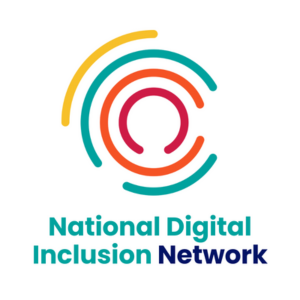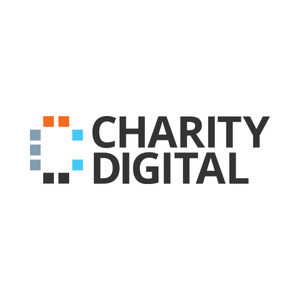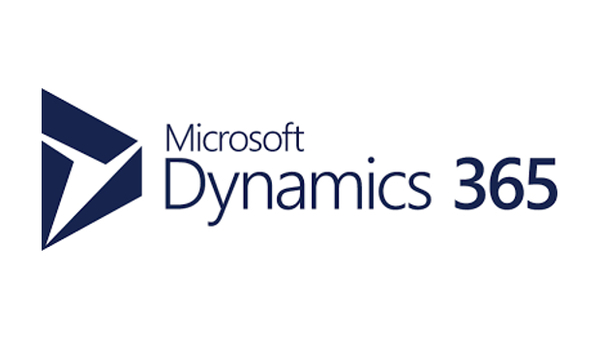Insights
INSIGHTS
All Topics
How digital inclusion impacts health
In this digital age, how do digital technologies shape our health, and what needs to change?
Click to listen to articleplay_arrow08:11
Good health and wellbeing are foundational for living happy, fulfilling lives, for achieving our potential, and playing a full role in our communities. And digital technologies can hugely shape the health and wellbeing of both those who use them and those who do not use them.
For those who have access, digital technology can seem ubiquitous, almost a fact of life. But the digital world is entirely man-made and is shaped by human decisions, actions, and behaviour, from both the past and the present. In this article, we explore the research about how digital technologies are shaping health, and what needs to change.
Digital inclusion improves access to online healthcare – but choice is important
Due to the digitisation of healthcare in the UK, it can be more difficult for people experiencing digital exclusion to access and monitor their online health records as well as their ability to communicate online with doctors and caregivers. This has been explored by Promising Trouble and The British Academy, among others.
Good Things Foundation has proposed internet access as both an essential utility and a human right, stating “our society and economy is reliant on internet access. Whether we want to go online or not, internet access is essential. It is a necessity for daily life”.
For example, The British Red Cross found that people seeking asylum who could access the internet often used it to access healthcare and information, while those who could not had difficulties accessing the same information and services. A lack of online access meant that many participants had to find alternatives like going directly to pharmacies, only using A&E services, or delaying seeking medical help.
The importance of choice
When people are digitally included, it means they are able to access digital health tools and services.
But Age UK notes that for those who don’t feel confident or don’t want to use the internet to access key services like the NHS, it’s not right that they aren’t currently being given another option. The charity states, “No one should be forced to perform important tasks online if they don’t feel comfortable.”
Similarly, research by mental health charity Mind concluded that services must provide choice and flexibility as to whether people use them remotely or in-person, in order to take into account the different challenges that people with mental health problems can face.
These can relate to symptoms of mental health problems, access and ability to use technology, and home environment. It also depends on whether in-person or remote delivery is more effective for each person and their healthcare needs.
The homelessness charity Groundswell also found the importance of choice in its research. Its report reflects, “When people were forced to use digital services in ways they were not comfortable with, it negatively impacted their mental health, was ineffectual, and in some cases, cut off their support completely.” Therefore, they say, multiple channels of communication, choice, and flexibility are important.
Digital inclusion influences the social determinants of health
The social determinants of health are the conditions in which people are born, grow, work, live, and age: these conditions influence people’s health. Today our level of inclusion in the digital world shapes all of these conditions, in turn affecting our health.
For example, digital inclusion impacts our interactions with community and society. Being able to communicate with friends and family, access support networks, and civic information supports health, while being digitally excluded can cause isolation, particularly for people who have disabilities or chronic illness, older people, and those who have migrated from their community.
Another example is housing. According to research by Groundswell, housing inequality and digital exclusion can cause a vicious cycle: “accessing digital services was challenging without a stable home, and being digitally excluded had substantial impacts on health and housing”.
Digital exclusion also impacts the social determinants of education, inclusion and non-discrimination, income and social protection, access to affordable health services of a decent quality, food insecurity, basic amenities, and the environment. These are explored by in-depth by Good Things Foundation and Promising Trouble.
The health impacts of online society can be mixed
Being online can support mental health through enabling people to participate in community and society. Mind reflect that being online can support mental health through connecting with others, expressing oneself, and reading about other people’s experiences.
But Mind’s reflections also show that aspects of online society can worsen mental health. For example, it can cause people to compare themselves to others, create feelings of anxiety, stress, or depression, contribute to difficulty sleeping, make people feel lonely when missing out on in-person connection, see triggering or dangerous content, and feel overwhelmed.
It notes that people can also experience internet overuse and addiction and internet gaming disorder, as well as gambling disorder, with the internet making gambling activities easier to access from home.
Online health misinformation can also impact health outcomes, including during crises like COVID-19, but also during normal everyday life. Full Fact reports that misinformation can have impacts on many different areas of health, such as vaccinations, pregnancy and fertility, cancer treatments, heart diseases, sexual health, and mental health.
These examples by Mind and Full Fact show that while improving access to devices, the internet, and skills is very important, supporting people’s health with digital inclusion needs to go even further. It also means improving online platforms, services, and culture to prioritise the health of digital users.
Data-driven healthcare systems and equality
Good Things Foundation notes that certain groups have a very low digital and data footprint. This compounds the risks of algorithmic bias in our data-driven healthcare systems towards those with more data recorded about them, impacting upon the targeting and allocation of resources.
For example, the Ada Lovelace Institute has found that digital health services are designed and implemented without consideration of lived experience, particularly for those who are digitally excluded. The charity says many people are concerned about not being consulted or informed about new digital health services.
The charity also reports that many digital health services are considered inflexible, with people for example not seeing a suitable option on an online form or triage service, or not being able to use online platforms due to time, skills, or cost constraints. This aspect of digitisation, they found, is widening the health gap for some people with complex care needs or who experience poverty.
A current project by the Ada Lovelace Institute notes that the use of data-driven systems also entrenches inequalities in healthcare for transgender and non-binary people. This is because NHS IT systems are not able to record trans status consistently and inclusively, affecting the care received.
In these ways, the uses of digital technologies and data in our healthcare systems contributes to health inequalities.
Find out more
Our 2024 Digital Inclusion Summit revealed how charities can help can make the digital world a safer, happier, more inclusive place, from improving access to digital devices to demystifying cyber security. Click here to watch the session recordings for free.
Our report, ‘Digital inclusion in the UK charity sector’, uncovers charity practitioners’ attitudes towards digital inclusion, including the challenges charities face in reaching out to service users and how they are making the most of the digital technology they use. Click the link in the orange box below to download the report.
Our Digital Inclusion Hub features regular articles, podcasts, and webinars to help charities reach across the digital divide. Click here to learn more.
Josie Sparling
More on this topic
Recommended Products
Recommended Products
Featured Products
22 Nov 2024by Laura Stanley
Charity Digital Exchange: Grow your charity with AWS
20 Nov 2024by Josie Sparling
How to deepen your impact with social media in 2025Sponsored Article
Our Events
Charity Digital Academy
Our courses aim, in just three hours, to enhance soft skills and hard skills, boost your knowledge of finance and artificial intelligence, and supercharge your digital capabilities. Check out some of the incredible options by clicking here.


















